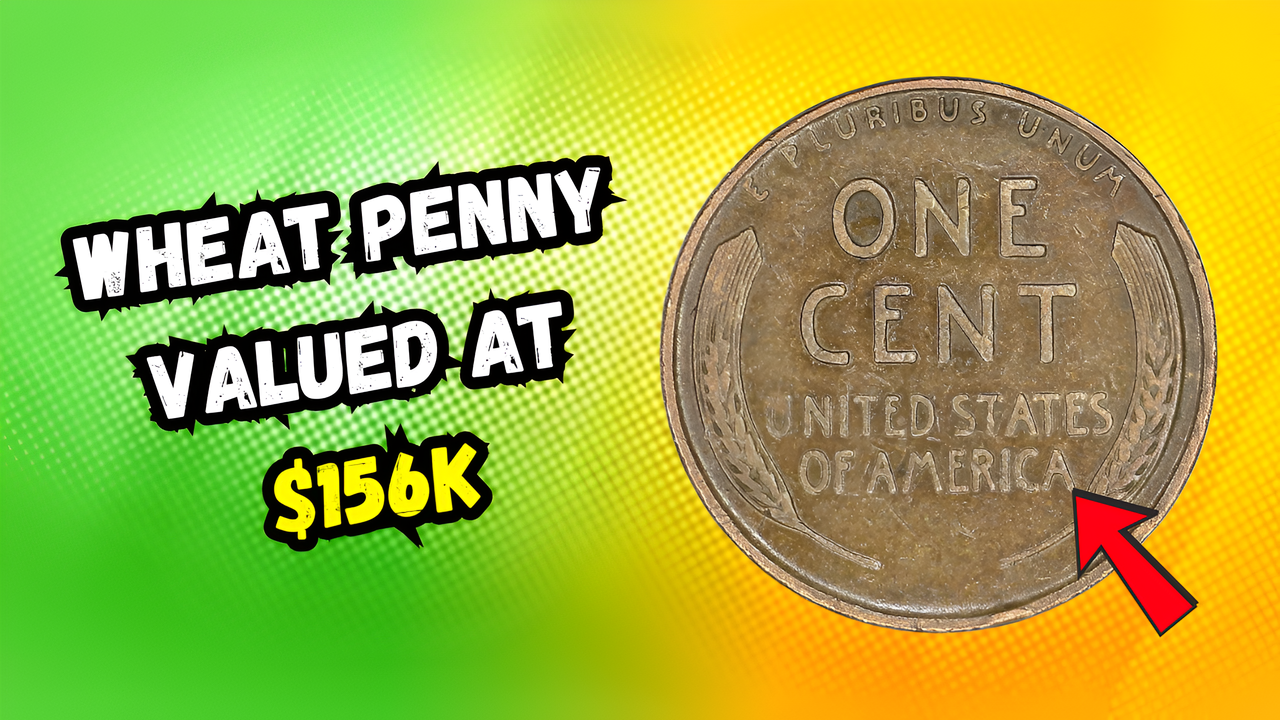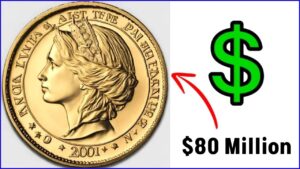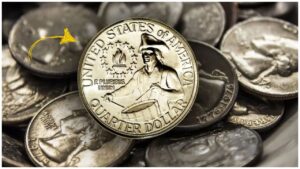The world of coin collecting holds a timeless appeal. A simple penny, seemingly ordinary and humble, can transform into an artifact of immense value and historical significance. Among these treasures is the Lincoln Wheat Penny, a small copper coin with an extraordinary story. While most Wheat Pennies carry a value of just a few cents, a rare edition has fetched a staggering $156,000 at auction. What makes this particular coin so valuable, and is there a chance it might still be in circulation? Could it be in your pocket change or tucked away in a dusty jar in your home?
Let’s unravel the mystery behind the Lincoln Wheat Penny, exploring its history, the factors contributing to its value, and how you could identify this remarkable piece of American numismatic history.
A Brief History of the Lincoln Wheat Penny
The Lincoln Wheat Penny was introduced in 1909, a year that marked the centennial celebration of Abraham Lincoln’s birth. Designed by Victor David Brenner, the coin was the first in U.S. history to feature the portrait of a real person rather than symbolic imagery. Brenner’s rendering of Lincoln’s profile graces the obverse side, while the reverse bears two wheat stalks surrounding the words “ONE CENT” and “UNITED STATES OF AMERICA.”
This coin was not just revolutionary in its design but also in what it represented—a tribute to one of America’s most revered presidents. Minted from 1909 to 1958, the Lincoln Wheat Penny became a staple in American currency. However, amidst the billions produced during its 49-year run, certain editions and variations have garnered immense interest among collectors.
Why Is This Particular Penny Worth $156,000?
The Lincoln Wheat Penny valued at $156,000 stands out due to a combination of rarity, minting errors, and exceptional condition. While millions of Wheat Pennies are still in circulation, this particular coin is part of an elite group of rare editions that have captured the attention of coin collectors worldwide.
1. Rare Minting Years
Not all Lincoln Wheat Pennies were created equal. Certain years saw limited mintage, making those coins especially rare today. Some of the most sought-after pennies include:
- 1909-S VDB Penny: Only 484,000 of these coins were minted, making them one of the rarest Lincoln Wheat Pennies.
- 1914-D Penny: Minted in small quantities, this coin is a collector’s dream.
- 1943 Copper Penny: During World War II, the U.S. Mint transitioned to steel pennies to conserve copper for the war effort. However, a handful of pennies from 1943 were accidentally struck in copper, resulting in one of the rarest and most valuable Lincoln Wheat Pennies.
2. Minting Errors
Mint errors have a way of turning ordinary coins into extraordinary treasures. The Lincoln Wheat Penny valued at $156,000 is believed to feature one or more errors that make it unique. Examples of famous mint errors include:
- 1955 Doubled Die Penny: A significant error caused the date and lettering on the obverse to appear doubled.
- 1944 Steel Penny: A deviation from the copper standard that resulted in rare steel pennies being minted.
- 1922 No D Penny: A coin mistakenly struck without the Denver mintmark.
3. Condition and Grading
The condition of a coin is crucial in determining its value. Coins with minimal wear, sharp details, and luster are considered uncirculated and fetch higher prices. Professional grading services like PCGS (Professional Coin Grading Service) or NGC (Numismatic Guaranty Corporation) provide an official grade that can significantly impact a coin’s market value.
The $156,000 Lincoln Wheat Penny is in exceptional condition, achieving a high grade that adds to its allure.
How to Identify a Rare Lincoln Wheat Penny
If you believe you might be holding a valuable Lincoln Wheat Penny, here’s a step-by-step guide to identifying it:
Step 1: Check the Date and Mint Mark
Start by examining the year printed on the obverse of the coin. Rare years include 1909-S VDB, 1914-D, 1943 Copper, and 1955 Doubled Die. The mintmark (S for San Francisco, D for Denver, or no mark for Philadelphia) can be found below the date.
Step 2: Inspect for Minting Errors
Look closely for signs of errors such as doubled lettering, missing mintmarks, or irregularities in the design. These errors can dramatically increase a coin’s value.
Step 3: Assess the Condition
Evaluate the coin’s condition to see if it shows signs of wear. Uncirculated coins with sharp details are more likely to be valuable. If you think your coin might be in excellent condition, consider having it professionally graded.
Step 4: Conduct a Magnet Test
If you suspect you have a 1943 penny, use a magnet to determine its composition. A copper penny will not stick to a magnet, while a steel penny will.
The Thrill of Discovery: Could This Penny Be in Your Change?
The idea that a $156,000 Lincoln Wheat Penny could still be circulating fuels the imagination of collectors and treasure hunters. Stories of individuals discovering rare pennies in their pocket change or old coin collections inspire hope that these treasures are waiting to be found.
While the odds of finding such a valuable coin are slim, the thrill of the hunt keeps enthusiasts motivated. Everyday sources like coin rolls from banks, vending machine returns, and inherited coin jars have been known to yield surprising discoveries.
What to Do If You Find a Rare Lincoln Wheat Penny
If you think you’ve found a valuable Lincoln Wheat Penny, here are the steps to take:
- Verify Its Authenticity: Consult a trusted numismatist or coin dealer to confirm the coin’s identity and value.
- Have It Professionally Graded: Submit the coin to PCGS or NGC for an official grading assessment.
- Protect the Coin: Store the coin in a protective holder to prevent damage.
- Explore Selling Options: If you decide to sell, research reputable auction houses or dealers to ensure you receive the best price.
Conclusion
The Lincoln Wheat Penny valued at $156,000 is more than just a coin it’s a piece of history, a symbol of rarity, and a testament to the enduring appeal of numismatics. Whether you’re an experienced collector or a curious beginner, the story of this extraordinary penny serves as a reminder that treasures can be found in the most unexpected places.
The next time you receive pocket change, take a moment to inspect your pennies. Who knows? You might just uncover a piece of history or perhaps even a fortune.
F&Q
1. What makes the Lincoln Wheat Penny so valuable?
Its rarity, minting errors, and exceptional condition.
2. How can I identify a rare Lincoln Wheat Penny?
Check the date, mint mark, and look for minting errors.
3. Is the $156,000 Lincoln Wheat Penny still in circulation?
It’s possible, though the odds are very slim.
4. What should I do if I find a rare Lincoln Wheat Penny?
Verify its authenticity, get it graded, and protect it.
5. What is the most valuable Lincoln Wheat Penny?
The 1943 Copper Penny, one of the rarest and most valuable.


